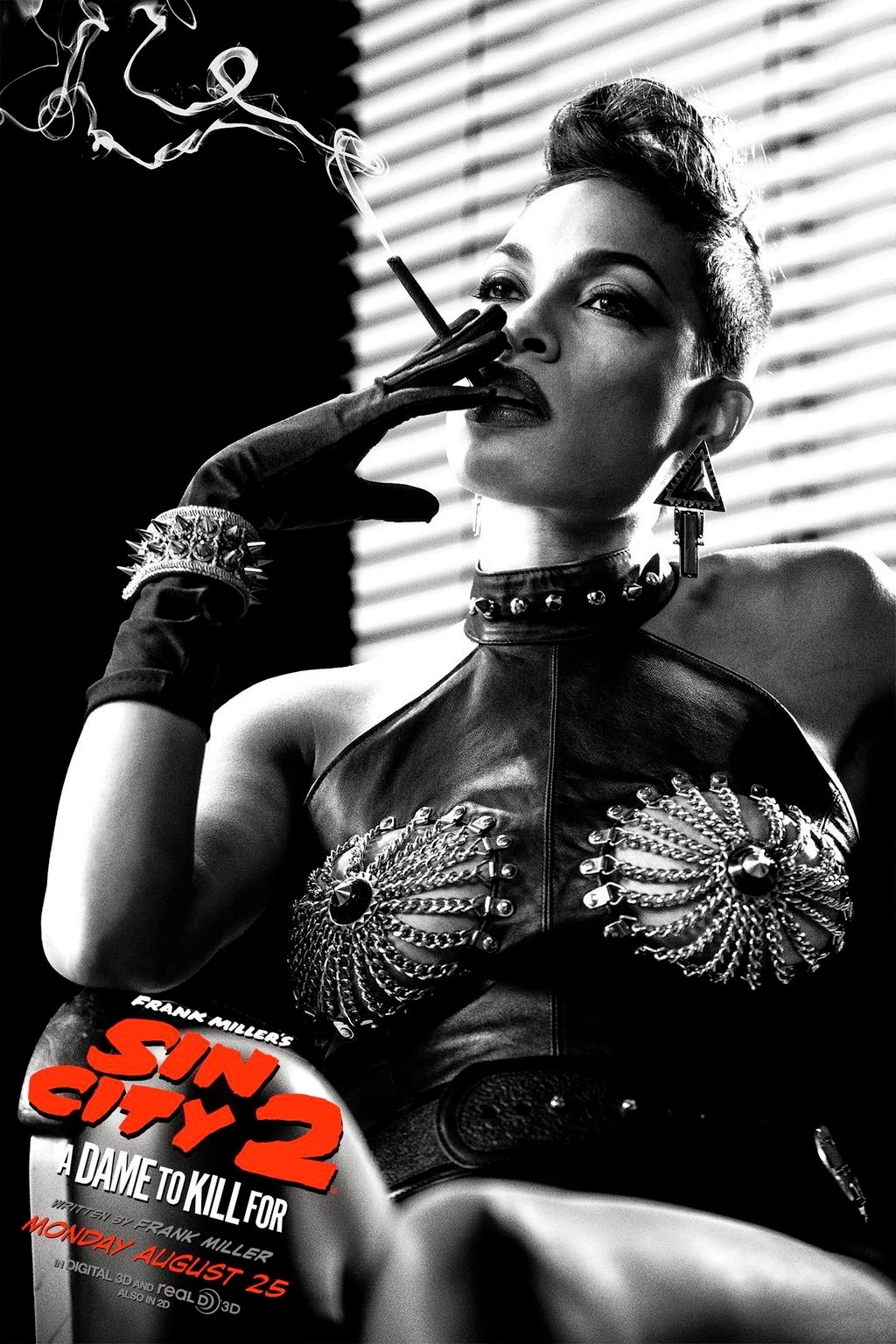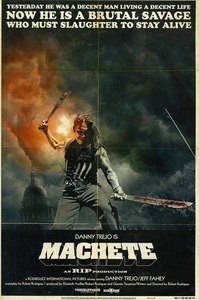If you are thinking that it’s been a long time since the first Sin City movie came out, you would be right. It first hit the screen in 2005, meaning it has nearly been a full decade before they have graced us with the sequel. A lot has happened in nine years; Brittany Murphy, who was in the original, passed away under mysterious circumstances. Devon Aioki’s brief reign as “Asian It Girl” has faded from our memories and people like Clive Owen and Josh Hartnett have found better things to do.
Despite myself I loved the first Sin City and on re-watching it I still do. I know it is deeply problematic–the lack of agency of the women in the movie, their constant portrayal as victims who must be rescued by big tough violent men, and their overt objectification are all things that drive me nuts. The movie isn’t particularly kind to men either, the vast majority of whom are portrayed as greedy, callous, vicious lechers. Even the good guys are mostly anti-heroes. Overall however, the snappy dialogue and visually interesting hyper-stylized cinematography captured me, and I couldn’t help but love the sex workers of Old Town. They are tough broads, ruled over by Gail played by Rosario Dawson, who live the way they choose, selling what they want and organizing and running their own turf where not even the dirty cops of Sin City can enter without their permission. If there is going to be a third Sin City movie, can it please center on the sex workers of Old Town? I feel like there could be many interesting stories to be told there.
Unfortunately Sin City: A Dame to Kill For woefully underutilizes the prodigious talents of Dawson. There are two core female characters: firstly, Ava Lord, played by Eva Green, who is the titular “dame to kill for” and Nancy Callahan, with Jessica Alba reprising her role from the first movie. Both women, unsurprisingly (this is Frank Miller after all) are highly sexualized. Nancy still works as a dancer at the diner although she is no longer as wholesome as she once was having developed a drinking problem and dreams of revenge following the death of detective Hartigan. Ava on the other hand is a classic femme fatale who uses her body and Dwight’s complete intoxication with her to further her own murderous ends.
One could argue that there are some positives for women’s representation compared to the first movie. Nancy is no longer a passive victim; she turns herself into an avenging demoness in a very dramatic transformation scene and with the help of Marv manages to finally take out the overarching villain of both movies (something no man has ever been able to do despite plenty of trying). I think the whole Joseph Gordon Levitt storyline exists purely to illustrate just how untouchable Roark is and yet there he is, killed by little old Nancy Callahan, former victim of his son and current exotic dancer in the very diner where he plays his high-stakes poker games.
Ava Lord manages to manipulate all the men around her to get exactly what she wants by pretending to be what they want her to be–a fragile woman who needs rescuing from her terribly sad life, someone who needs to be protected from the filth of Sin City. Eva Green is masterful in her handling of the material and manages to bring tonality to what would otherwise be a two-dimensional caricature of a traditional noir vixen. Ava Lord is a woman who is tired of living in a man’s world and so seeks to carve out a place of her own in it through any means necessary. She is also pretty twisted and appears to take much pleasure in the pain of others and is eventually punished for her sins. As far as wicked women go I’m pretty OK with Ava Lord.
There is so much violence both toward men and women in the movie, but it is so over the top that teamed with the beautiful highly stylized cinematography it is hard to take seriously. This time around, the world of Sin City has a very ethereal dream-like quality that tempers its grittiness a little.
We can all agree that Frank Miller is a misogynist toad, but I think Robert Rodriguez has managed to interpret the source material in a way that is not terrible, helped at least in part by his excellent casting decisions. It’s definitely not going to win “most feminist movie of the year,” but for a big budget action movie, a genre that is notoriously terrible for the ways in which it depicts women, I found it to be pretty watchable.






